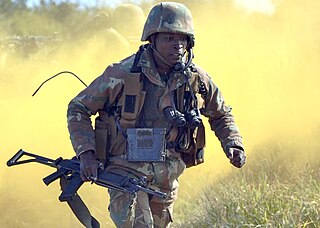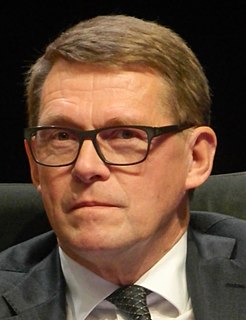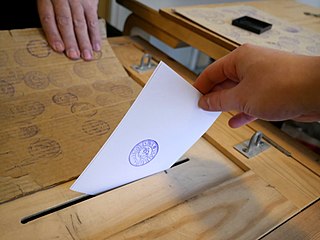| |||||||||||||||||||||||||||||||||||||||||||||||||||||||||||||||||||||||||||||||||||||||||||||||||||||||||||||||||||||||||||||||||
All 200 seats to the Parliament 101 seats were needed for a majority | |||||||||||||||||||||||||||||||||||||||||||||||||||||||||||||||||||||||||||||||||||||||||||||||||||||||||||||||||||||||||||||||||
| Turnout | 66.7% | ||||||||||||||||||||||||||||||||||||||||||||||||||||||||||||||||||||||||||||||||||||||||||||||||||||||||||||||||||||||||||||||||
| |||||||||||||||||||||||||||||||||||||||||||||||||||||||||||||||||||||||||||||||||||||||||||||||||||||||||||||||||||||||||||||||||
| |||||||||||||||||||||||||||||||||||||||||||||||||||||||||||||||||||||||||||||||||||||||||||||||||||||||||||||||||||||||||||||||||
 |
|---|
| This article is part of a series on the politics and government of Finland |
Executive
|
Legislative
|
Parliamentary elections were held in Finland on 16 March 2003. [1] The Centre Party led by Anneli Jäätteenmäki overtook the Social Democratic Party (SDP) to become the largest party in the Eduskunta. This was credited mainly to Jäätteenmäki's powerful leadership and modernization of the party still often viewed as agrarian and conservative by many. However, the SDP actually won some seats and increased its share of the vote, losing in the amount of total popular votes only by few thousand.

Finland, officially the Republic of Finland is a country in Northern Europe bordering the Baltic Sea, Gulf of Bothnia, and Gulf of Finland, between Norway to the north, Sweden to the northwest, and Russia to the east. Finland is a Nordic country and is situated in the geographical region of Fennoscandia. The capital and largest city is Helsinki. Other major cities are Espoo, Vantaa, Tampere, Oulu and Turku.

The Centre Party of Finland is a centrist, liberal, agrarian political party in Finland.

Anneli Tuulikki Jäätteenmäki is a Finnish politician and Member of the European Parliament (MEP) from Finland. She was the first female Prime Minister of Finland from 17 April 2003 to 24 June 2003.
Contents
The Green League achieved its best results ever, but the Swedish People's Party suffered losses. The Christian Democrats gained votes but lost seats. This was partly because in 1999 and before Christian Democrats had been in an election coalition with Centre Party and benefited from this, while the Centre Party had lost seats due to the arrangement, and thus discontinued it starting from 2003. The Left Alliance continued its slow decline, while the small populist Finns Party did not do as well as some had expected.
The Green League, shortened to the Greens, is a green political party in Finland. The Green League is among the largest political parties in Finland. The Greens hold fifteen seats in the Finnish Parliament and one in the European Parliament. The party is a member of the Global Greens and the European Green Party, while its MEP, Heidi Hautala, sits with The Greens–European Free Alliance in the European Parliament. Originally split on whether Finland should join the European Union, the Green League is pro-European and was the first Finnish party in favor of the federalisation of the European Union.
The Swedish People's Party of Finland is a liberal-centrist political party in Finland aiming to represent the interests of the minority Swedish-speaking population of Finland. An ethnic catch-all party, the party's main election issue has been since its inception the Swedish-speaking Finns' right to their own language and to maintain the Swedish language's position in Finland. The party was in governmental position 1979–2015 with one or two seats in the government and collaborated with the centre-right as well as the centre-left in the Parliament of Finland. After the 2015 election SFP was left out of the government formed by the three largest parties.

The Christian Democrats are a Christian-democratic political party in Finland. The Christian Democrats have five seats in the Finnish Parliament. The party was represented in the Finnish government by Minister of Interior Päivi Räsänen from 22 June 2011 until 29 May 2015.

























